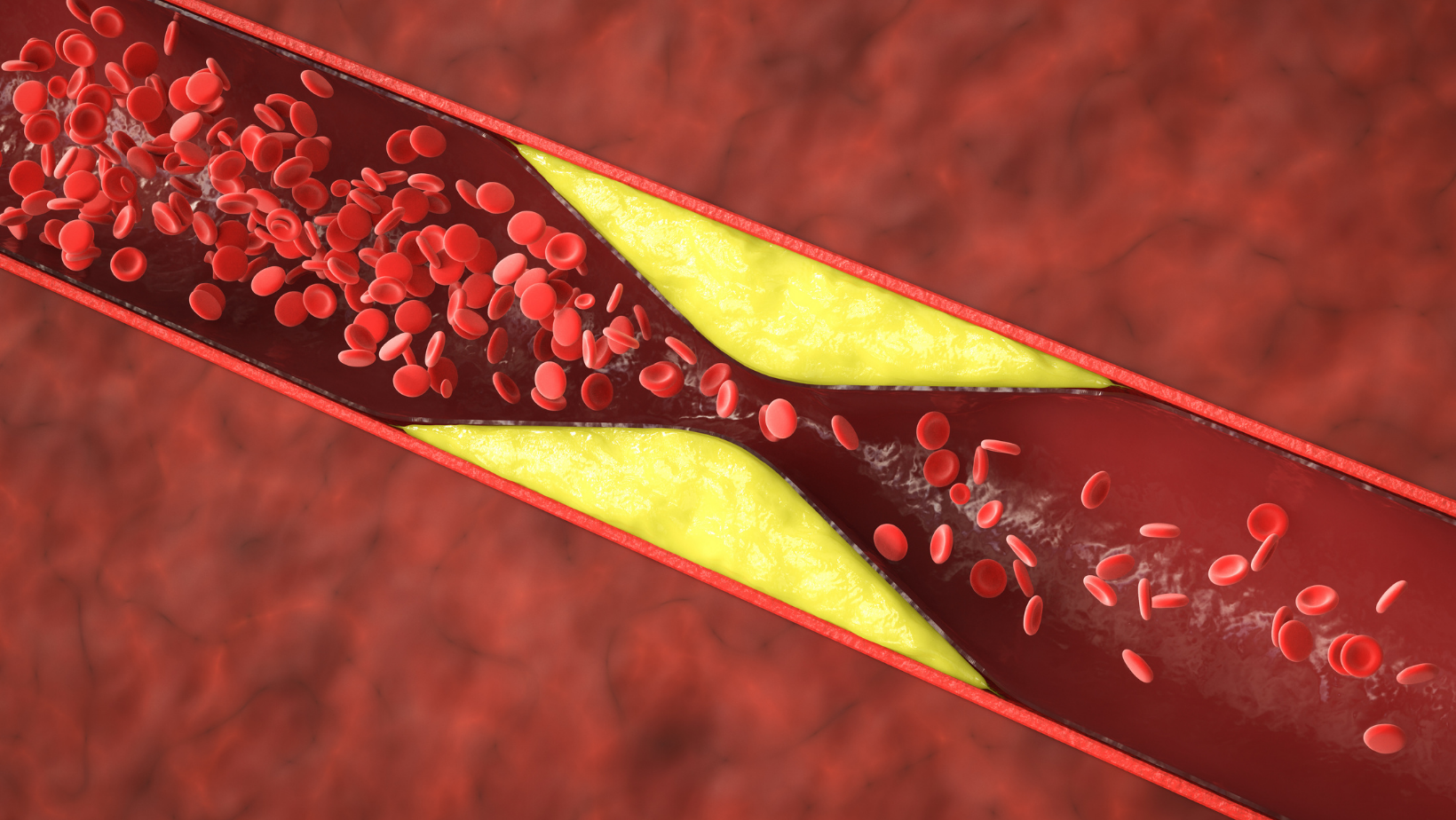Category
Atherosclerosis is a progressive condition characterized by the buildup of plaques in the arteries,

Have any questions?
If you have any questions, feel free to contact us at [email protected]. A member of our support team will help you shortly.
Share this blog
Fatigue
Energy
Stress
Sleep
Atherosclerosis is a progressive condition characterized by the buildup of plaques in the arteries, narrowing and hardening these blood vessels. This arterial thickening can obstruct blood flow, potentially resulting in serious cardiovascular complications. This comprehensive guide will explore the causes, symptoms, and practical strategies for preventing atherosclerosis.
A primary contributor to atherosclerosis is the accumulation of cholesterol, specifically low-density lipoprotein (LDL) cholesterol, within the arterial walls. Over time, these cholesterol deposits can form plaques that narrow the arteries.
Chronic inflammation plays a pivotal role in the development and progression of atherosclerosis. In response to injury or irritation, the body's inflammatory processes may contribute to forming plaques.
Persistent high blood pressure increases stress on the artery walls, making them more susceptible to damage. The continuous pressure can lead to the initiation and progression of atherosclerosis.
Tobacco smoke contains harmful chemicals that can damage the inner lining of arteries, facilitating the accumulation of cholesterol and the development of atherosclerosis.
Individuals with diabetes often experience elevated blood sugar levels, which can contribute to arterial damage and increase the risk of atherosclerosis.
Family history and genetic predispositions can influence an individual's susceptibility to atherosclerosis. If close relatives have a history of cardiovascular diseases, the risk may be higher.
Atherosclerosis is often asymptomatic in its early stages. However, as the condition progresses, individuals may experience symptoms related to reduced blood flow, such as:
Reduced blood flow to the heart muscle can lead to chest pain or discomfort, known as angina. This symptom typically occurs during physical activity or periods of stress.
Inadequate blood supply to the lungs may cause shortness of breath, especially during exertion.
Insufficient oxygen and nutrients reaching the body's tissues can result in fatigue and a general sense of tiredness.
Atherosclerosis affecting the arteries in the legs can lead to pain, cramping, or numbness, particularly during physical activity.
Emphasizing a diet rich in fruits, vegetables, whole grains, lean proteins, and healthy fats supports cardiovascular health and helps manage cholesterol levels.
Regular physical activity strengthens the cardiovascular system, lowers blood pressure, and improves heart health. Aim for at least 150 minutes of moderate-intensity exercise per week.
Smoking is a significant risk factor for atherosclerosis. Quitting smoking reduces the risk of plaque formation and improves overall cardiovascular health.
Regular monitoring and management of blood pressure are essential for preventing atherosclerosis. Lifestyle modifications, such as a low-sodium diet and stress management, can help control blood pressure.
Monitoring cholesterol levels and addressing high LDL cholesterol through lifestyle changes or medications can prevent the buildup of plaques in the arteries.
Achieving and maintaining a healthy weight reduces the strain on the cardiovascular system and lowers the risk of atherosclerosis.
Effectively managing diabetes through medication, lifestyle changes, and regular monitoring is crucial for preventing complications, including atherosclerosis.
Consuming foods rich in antioxidants, such as berries, nuts, and leafy greens, helps combat inflammation and supports arterial health.
Regular check-ups with healthcare professionals enable the monitoring of cardiovascular health, identification of risk factors, and timely interventions.
Atherosclerosis is a serious condition that can lead to significant cardiovascular complications. Understanding its causes, including cholesterol buildup, inflammation, and genetic factors, is crucial for implementing preventive measures. By adopting a heart-healthy lifestyle that includes a balanced diet, regular exercise, and avoiding tobacco smoke, individuals can significantly reduce their risk of atherosclerosis. Regular health check-ups and prompt management of risk factors, such as high blood pressure and diabetes, are critical components of a comprehensive prevention strategy. Taking proactive steps toward cardiovascular health prevents atherosclerosis and contributes to a longer, healthier life.